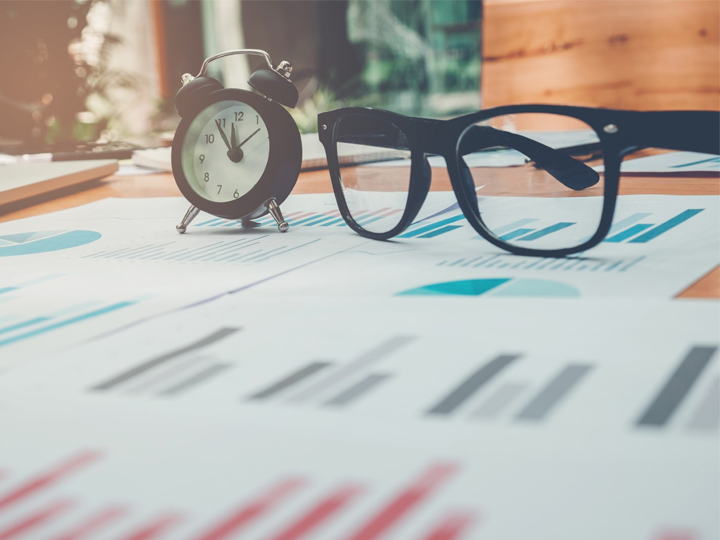Introduction to Time Series Analysis and Forecasting

Time series analysis was highlighted as a powerful tool in machine learning, with three main strategies to transform time series data into effective features for enhanced accuracy: visualization, regression analysis, and optimization techniques. To help the audience better grasp the concept, real-world applications of time series analysis were exemplified through trend visualizations of various domains such as retail sales, weather patterns, and stock prices.
Two fundamental types of time series were highlighted: stationary and non-stationary. Stationary series exhibit constant statistical properties, devoid of long-term trends, and feature consistent seasonality. Non-stationary series, on the other hand, display changing properties with varying trends and seasonality. Mathias stressed the importance of converting data into a stationary series as it simplifies the modeling process, making it easier to identify patterns and facilitate more accurate forecasts. Furthermore, he outlined machine learning models that assume stationarity, such as ARIMA (AutoRegressive Moving Average), in contrast to models like Random Walk, which do not.
The webinar introduced the concept of Hybrid Models for Forecasting, which combines multiple forecasting approaches for the most optimized predictions. This approach incorporates ensemble models, considers both time series and non-time series data, and leverages meta-learning for enhanced forecasting accuracy. The importance of data scientists optimizing their datasets by applying various models and forecasting approaches to produce the most accurate predictions was underscored, including the use of linear regression models depending on the dataset's nature.
In summary, Mathias emphasized several key takeaways: the integrated approach for robust and reliable hybrid models, the reliance on various machine learning techniques to generate precise predictions, and the practical application of time series analysis in forecasting with real-world datasets. The webinar concluded with a Q&A session led by Ishita Sharma, his advisor and leading data scientist at HPE/DSI, providing attendees with a comprehensive understanding of time series analysis and forecasting techniques.